There has always been a lingering prejudice that comics are only for children and the uneducated, but the readers of George Herriman’s comics included US President Woodrow Wilson and Pablo Picasso.
George Herriman created what is probably the maddest and at the same time the artistically most outstanding comic strip of all time: “Krazy Kat”. Not that his own life was at all conventional. Herriman was born in 1880 in New Orleans. His ancestors came from the French Caribbean colonies, so he had brown skin and curly hair. To escape racism and in search of better job prospects, the family moved to Los Angeles in 1890, where Herriman’s father worked as a carpenter and a baker.
George Herriman taught himself to draw, and in 1897 he managed to sell some drawings to the “Los Angeles Herald” and get a job as an assistant there. His love of the comic was so great, however, that at 20 years old he embarked on his own adventure, traversing the country as a stowaway in order to reach the center of the world as far as newspapers and therefore comics were concerned: New York City.
Herriman kept his origins a secret
In New York Herriman managed to eke out a living as a poster artist and by selling caricatures. After two years though, he was commissioned to create three comic strips for publisher Pulitzer – even though dark-skinned people were actually excluded from a career as illustrators in the publishing world at that time. Herriman had kept his origins a secret and hidden his hair under a hat, so people thought his skin color was an indication of French or Turkish ancestry.
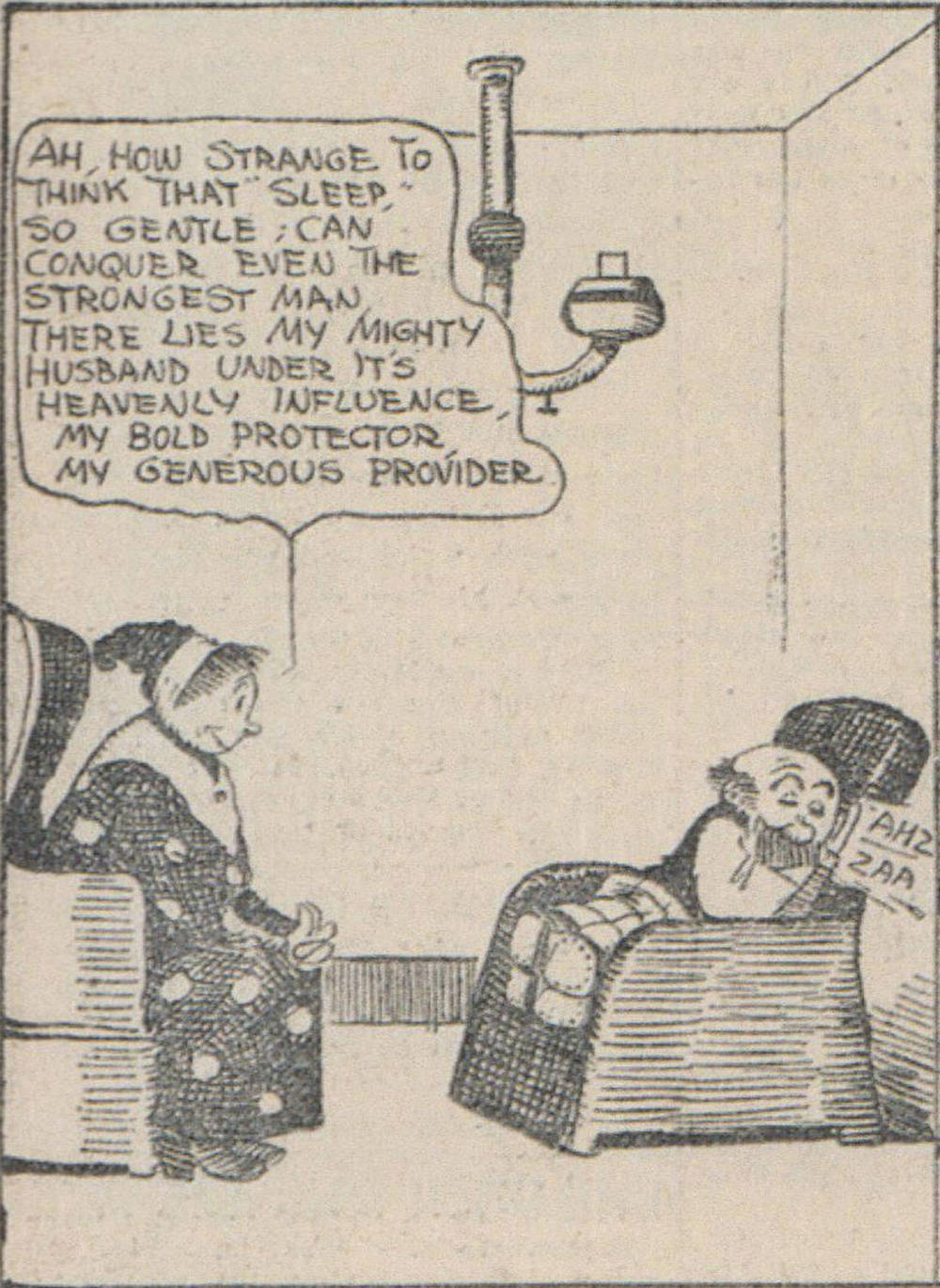
Herriman’s drawings were well received by the general public, and he created other series for various newspapers before he ultimately moved to the newspaper empire of publishing czar William Randolph Hearst. From 1910 he drew the daily comic strip “The Family Upstairs” for Hearst. This represented the first time the social structure of a brownstone block in the big city had become the subject of a comic. And Herriman added an innovative twist: the main protagonists, the “family upstairs” were never shown.
A model for all kinds of small-animal slapstick
The public warmed particularly to two peripheral characters, a cat and a mouse, and it was from this that the idea for a purely animal-based comic emerged. October 28, 1913 saw publication of the very first installment of the daily comic strip “Krazy Kat”, which continued day after day right up until Herriman’s death in 1944. “Krazy Kat” was the model for all kinds of small-animal slapstick, from “Mickey Mouse” to “Tom and Jerry”.
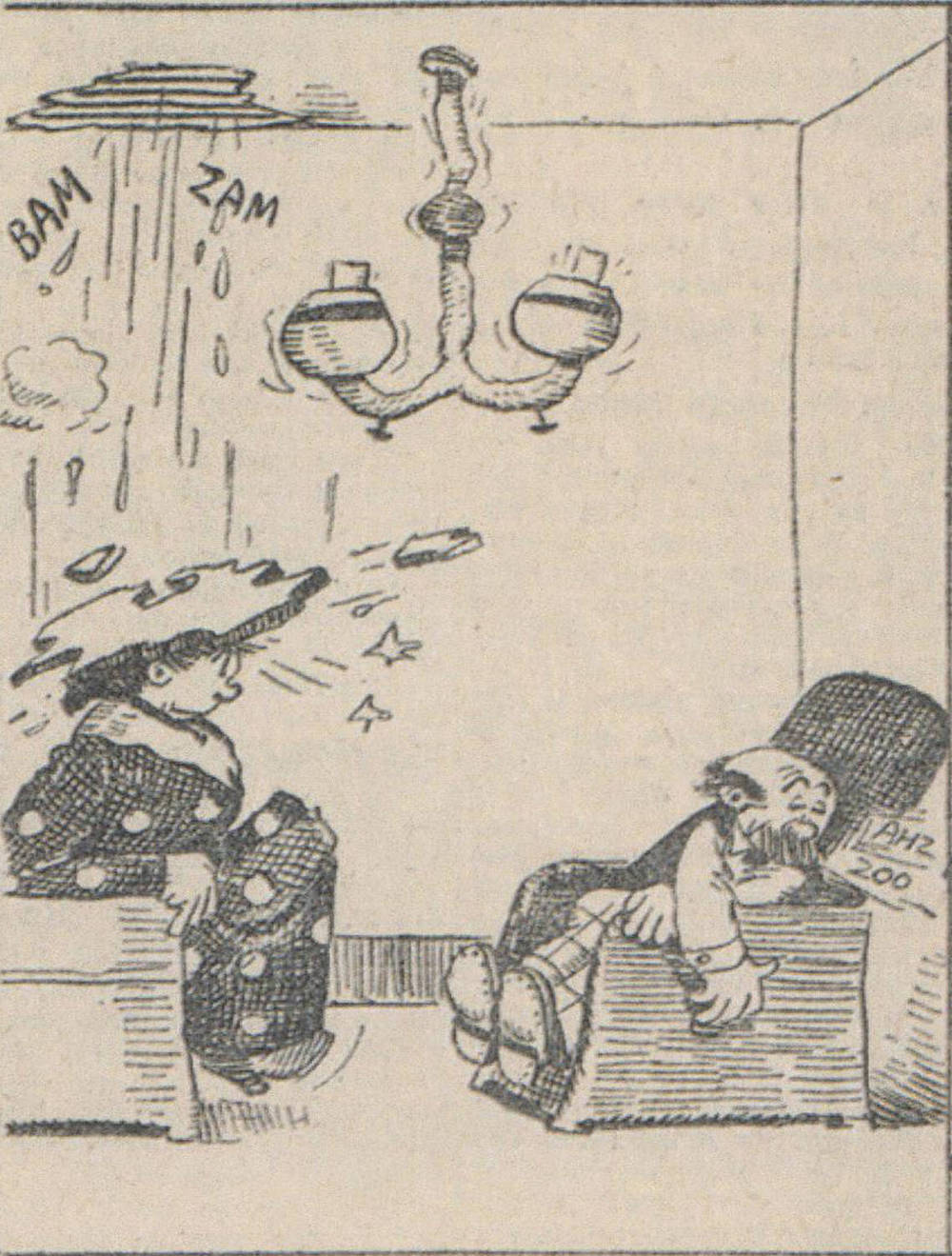
The basic storyline in “Krazy Kat” is the same in every sequence: The cat, “Krazy Kat”, loves the mouse, “Ignatz Mouse”, but the mouse hates the cat and is therefore always on the hunt for a brick to hurl at the cat’s head. The dog, “Officer Pupp”, is a policeman who loves the cat. Since his love is unrequited, he continually tries to at least prevent the brick from being thrown or to take the mouse out of the picture by arresting him.
The desert in the west
With this love-triangle story Herriman recounted the same inevitable drama in every sequence. The existential element of this plotline was underpinned by the landscape in which it played out: a broad, barren desert landscape that radiates a timeless presence. Here Herriman recognizably depicts the desert region in the West of the USA – Enchanted Mesa, Monument Valley, Rainbow Bridge, Elephant Feet. Back in the 1910s this region was still hard to reach and little known, but Herriman travelled there several times a year.
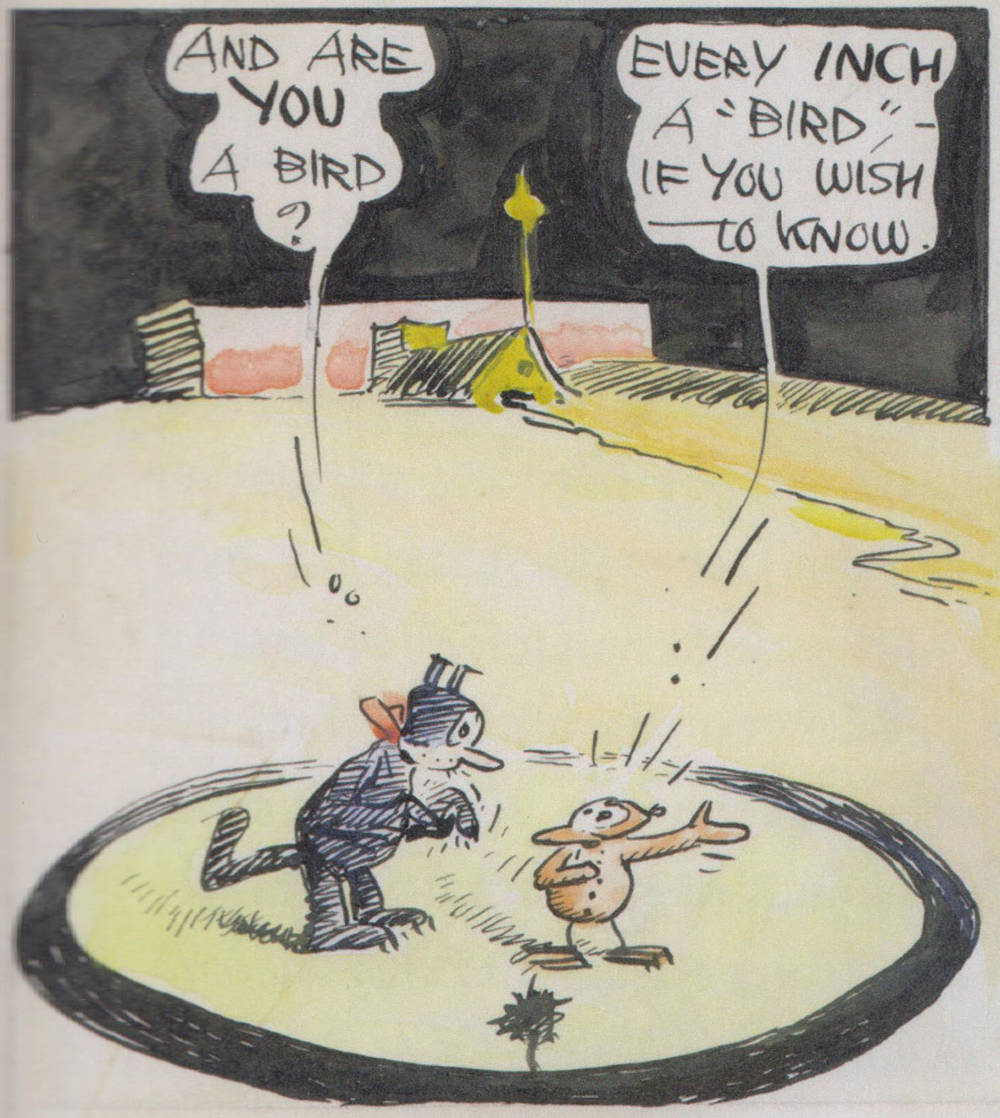
The “Krazy Kat” comic strip was extremely popular among the general public and was a huge commercial success, with the result that a Sunday page was added from 1916. For Herriman, the task of covering an entire page was an unforeseen boost to his creativity. The first drafts were sent to further potential franchisers, but no newspapers were interested in syndicating the comic. The page Herriman had drawn was too innovative and unconventional.
Cartoonist for life
Then something unexpected happened: publisher and media tycoon Hearst shifted “Krazy Kat” from the comic section to the front page of the culture section and ordered all his editorial teams to print the comic. In addition, he offered George Herriman a permanent position for life. Hearst had never offered such a position to any other comic artist. So what was it about “Krazy Kat” that so convinced Hearst? What was the extraordinary thing that left the reader either at a loss or full of enthusiasm?
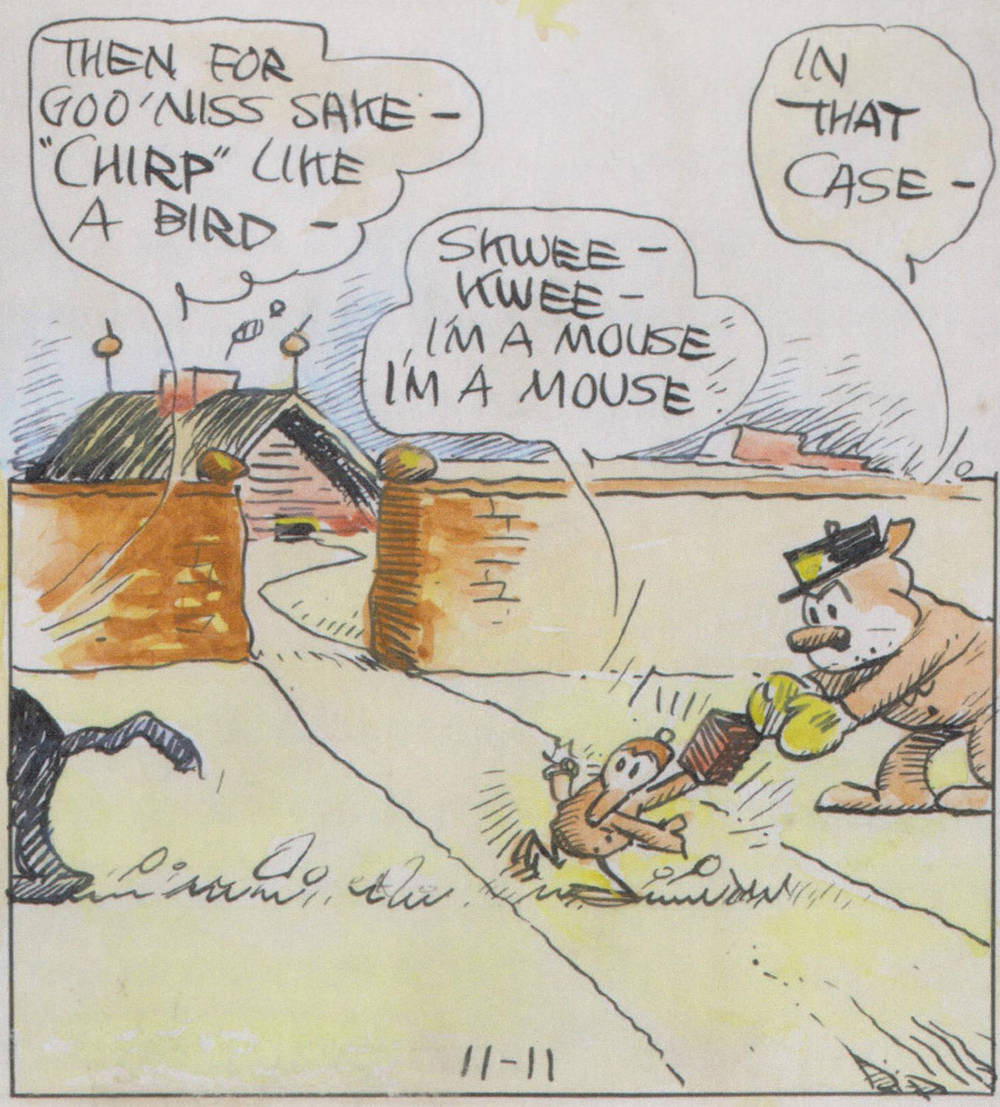
In “Krazy Kat”, Herriman played through all the levels the comic had to offer. He used several levels of text – the dialogue in speech bubbles, a narrative text and additional associative fragments of speech. At the pictorial level he called into question the conventional narratives that use panels – either doing without panels entirely or inserting an interim image not associated with the story. He told stories backwards, so that the supposed first picture depicted the end. By ignoring any comprehensive chronology, Herriman created a narrative logic that ranged from absurd to Dadaist.
The gesamtkunstwerk of a self-taught artist
Herriman even completely dissolved the interplay of the textual and pictorial levels on occasion – in the background day and night switch even where the action takes place over no more than a few seconds. In short, Herriman abandoned all formal boundaries. In doing so, this exceptionally talented artist also played with several languages and peppered his work with references to Greek mythology or English literature. He thus succeeded, as a self-taught artist from humble beginnings, in creating a gesamtkunstwerk which, over the almost 1,400 Sunday pages it covered, fascinated intellectuals from F. Scott Fitzgerald to Picasso.
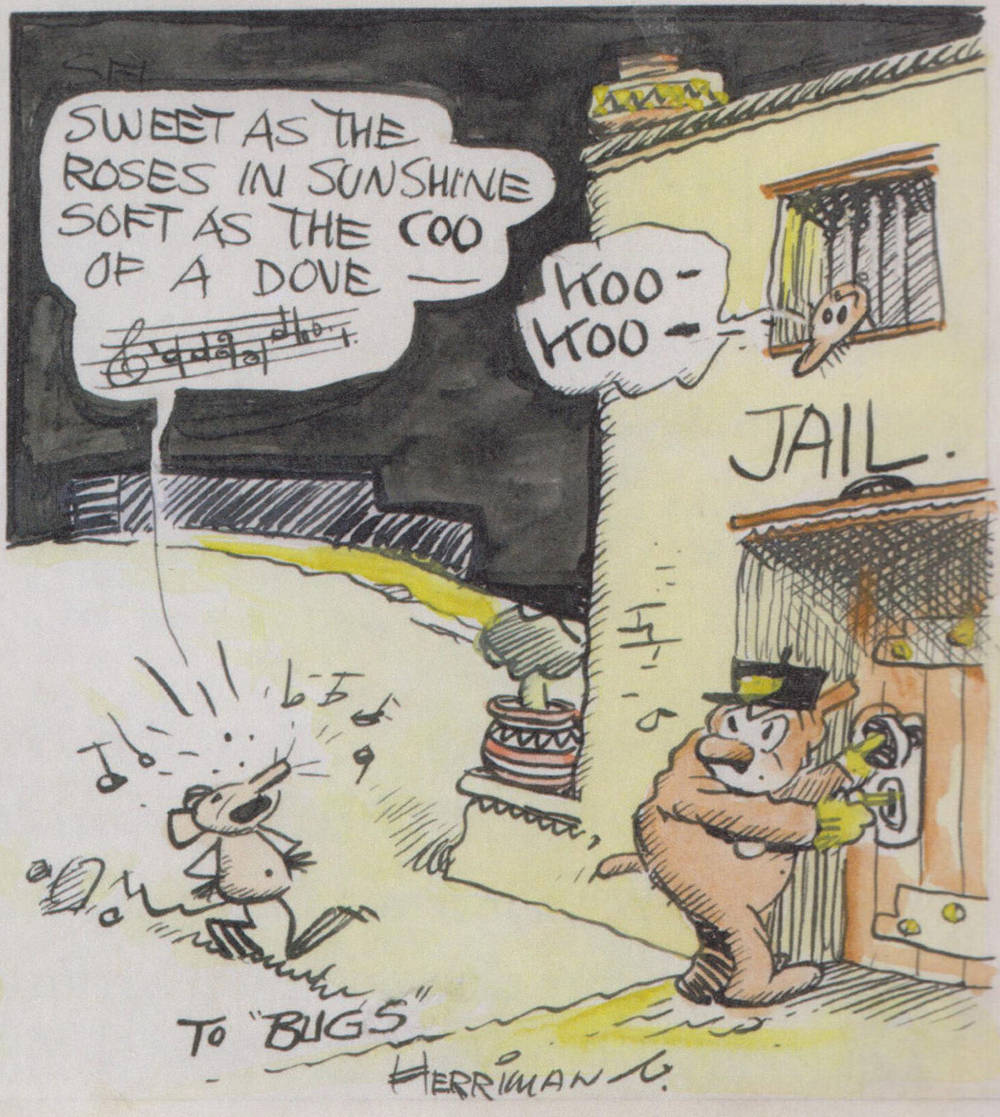

5 questions for Mary Messhausen and proddy produzentin
With the performance "Thonk piece: Hungry for Stains", drag queens Mary Messhausen and proddy produzentin will open the exhibition COSIMA VON BONIN....

Now at the SCHIRN:COSIMA VON BONIN
The SCHIRN is showing a unique presentation of new and well-known works by COSIMA VON BONIN until June 9.

SHALLOW LAKES – plumbing the depths
In the SCHIRN’s rotunda, MELIKE KARA is presenting a series of sculptures that are reminiscent of bodies of water or small lakes. So, what’s this...

Ukrainian art in Frankfurt - When anatomy becomes political
The art of Ukrainian artist Vlada Ralko gets under your skin - quite literally. At the heart of her drawings and large-scale paintings lies the human...

When subculture becomes mainstream – a balancing act
Regardless of whether it is hip hop, techno, or the queer scene: It is not unusual for the aesthetics of countercultures and subcultures to morph into...

Now at the SCHIRN: THE CULTURE: HIP HOP AND CONTEMPORARY ART IN THE 21ST CENTURY
Coinciding with the 50th anniversary of the birth of hip hop, the SCHIRN dedicates a major interdisciplinary exhibition to hip hop’s profound...